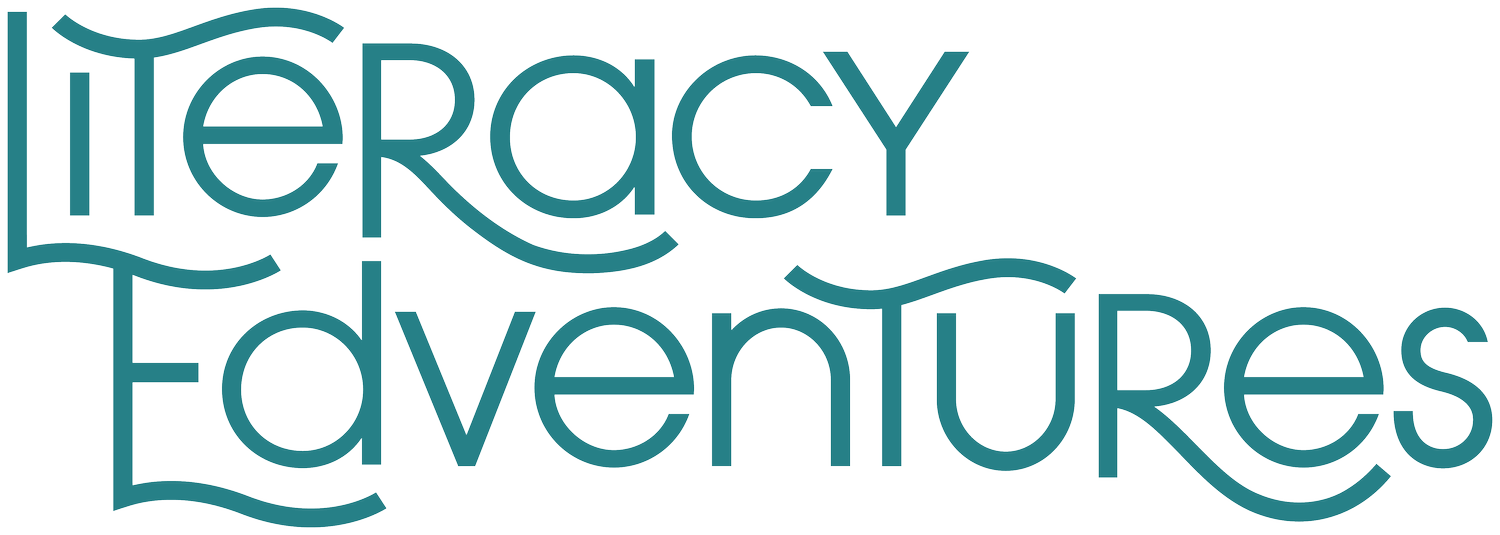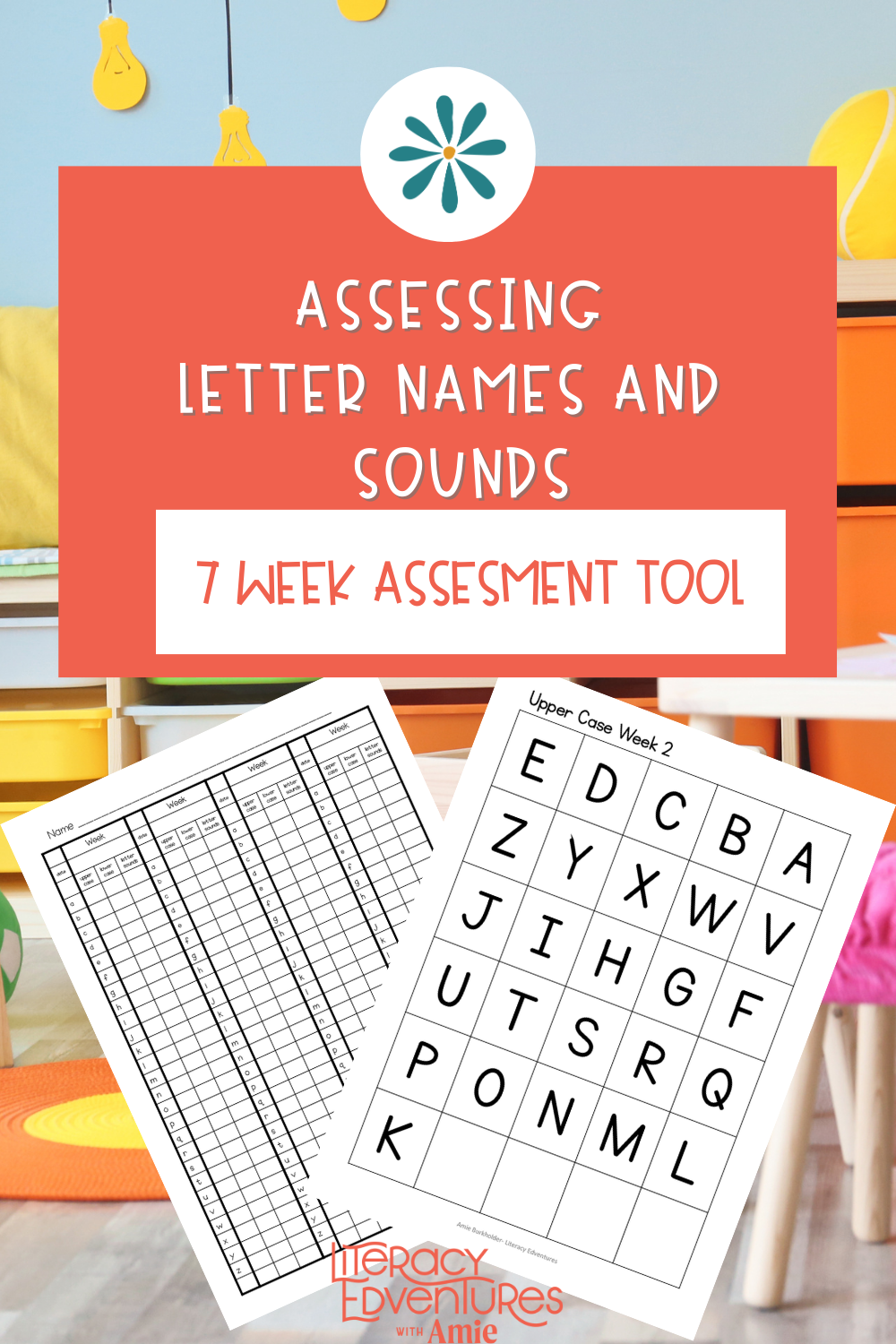The Alphabetic Principle
What Is the Alphabetic Principle?
Some kids come into your classroom on the first day of kindergarten who are familiar with the alphabet from A-Z. They understand that each letter or group of letters has a sound (or two) associated with it and they know their letter names like the back of their hand. Well, did you know that concept has a name? It’s called the Alphabetic Principle, and it’s something that we want all of our kiddos to have.
The Alphabetic Principle means having the knowledge of letters and the sounds that make up those letters. This could be as simple as a child knowing that the letter a normally says the /ă/ sound, or something a bit more complex like knowing that the vowel team ai normally says /ā/.
More specifically, Rollanda E. O’Connor states (in her book Teaching Word Recognition) that the Alphabetic Principle is “how phonemic awareness and knowledge of letter/sound correspondences come together in the practical application of reading and spelling.”
Why the Alphabetic Principle Is Important?
When students have knowledge of the Alphabetic Principle, they’re able to decode words they see into words they can read. Without this knowledge, decoding can and will seem impossible. But with this knowledge, students are able to realize that any word we say can be broken up into letters or groups of letters from the alphabet (nope, it isn’t just a song!). So it can be assumed that when students have a full grasp on the alphabet, children have the ability to encode (write and spell) and decode (read!). That’s why knowledge of the alphabet is vital to children as they set out on their reading journey.
Let’s talk a bit about the relationship between the Alphabetic Principle and phonemic awareness. When a child has a handle on phonemic awareness, he or she is able to break down sound orally and later on apply it to print. It would be reasonable to think that:
phonemic awareness + Alphabetic Principle = decoding, reading, encoding, writing
Seems like that would check out, right? Gosh, friends, how I wish this were true. Unfortunately, it doesn’t quite work out that way. So let’s unpack this a bit. It’s common for teachers to assume that students who have a firm grasp of phonemic awareness, plus a solid understanding of the alphabet would equate to a child soaring in reading. But students can have difficulty making the connection between the two. Oftentimes, students have difficulty understanding that the letters and letter patterns represent sounds of spoken language and that these letters and letter sounds have a predictable relationship. So, how do we bridge this gap for them? How can we ensure that our students have a firm grasp of the Alphabetic Principle to help them with this?
What does the Alphabetic Principle Mean for Teachers?
One of the biggest ways we can help bridge this gap for kids is to establish the Alphabetic Principle as early as possible. The idea of applying principles as early as possible isn’t actually a new concept. It’s truly best practice. Want to establish learning sounds of letters? Do it as early as possible. Want to establish a love for reading? Read books to your child as early as possible (yes - even when they get home from the hospital!) Want to get kids reading as early as possible? Apply their phonemic awareness knowledge to print as soon as possible.
With this in mind, there’s no need to wait for students to know all 26 letter sounds before moving on to decoding. It’s a common misconception that students need to learn all of the letter names and sounds before reading words. But that isn’t true! In fact, students only need to know a handful of letters and sounds before they can begin to actually blend and segment those phonemes together. So, the overarching advice? Begin implementation of the Alphabetic Principle as early as possible. And teacher friends - we start with assessments.
Assessments and the Alphabetic Principle
When you hear the word “data”, you may cringe a bit. I know, I know - gathering the data may not always seem fun, but it is so essential for student success. And honestly, the numbers and information that data provides bring you comfort and confidence in your teaching. It’s truly the place to start if we want to best serve our students. Assessments give us so much. It pinpoints our instruction and lets us know what our students know and what they don’t.
Assessing our students:
Guides our instruction
Knows where our students are at
Helps us form groups
Lets us know where to start
If assessments make you roll your eyes or begrudgingly grab your data sheets, there’s no need. I have good news for you: you do not need to make assessing your students complex. In fact, the less complicated it is, the easier it is to keep the needle moving forward and the easier it is to keep up with them. Your assessments should be simple, brief, and focused. When you’re assessing students in the classroom, keep the following in mind:
Use checklists for each student that assesses uppercase and lowercase letters and sounds. Check out this one I’ve got for you.
Keep assessments near your table or easily accessible for progress monitoring - one per student.
Once all students are assessed, you can begin to group students together in small groups based on need. Don’t stress about this!
How to Teach the Alphabetic Principle: A Short List
So after the assessments are in place, how do we teach the Alphabetic Principle? Friends, there are so many resources out there to help you that it can feel overwhelming. When this happens, I always find comfort in lists that tell me what to do and what not to do. This way, it simplifies what seems like a daunting task and makes it easier to follow and therefore easier to implement.
What to teach:
Teach letter sounds a few at a time with frequent review of these letter sounds as you move forward.
Remember that it’s okay for students to review what they already know. We should always be reviewing previous knowledge and implement that in with new instruction.
Avoid teaching letters or sounds together that look or sound similar (b, p, d, q)
Teach letters that occur frequently in words that students will see first (b, s, m, t, a).
Always teach short vowels before long vowels.
Teach letters explicitly.
Track your data frequently.
In my next podcast “Making Letter Sounds Stick”, I walk you through a letter and sound phonemic awareness lesson plan (along with quick and easy routines) that makes these letter sounds stick in the minds of your students. For a written version, check out my blog post, “Making Letter Sounds Stick.” See you over there!
Additional Resources & References:
FREE Resources:
FREE Spin It, Say It, Write It
Letter Sound Resources:
References:
10 Simple Letter Sound Recognition Activities





